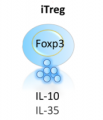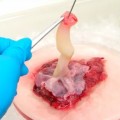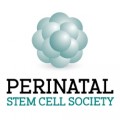You are here
News
2018
May 2018 Hamad is an eight-year-old Emirati boy who was cured of Sickle Cell Disease thanks to the cord blood stem cells from his younger brother, Abdullah, that were stored by CellSave Arabia.
May 2018 Each year there are about 20 clinical trials using cells that have been isolated and expanded from cord blood. We review the leading products in this arena and their sponsors.
Apr 2018 We compare four different stem cell therapies for cerebral palsy in terms of their improvement to the Gross Motor Function Measure (GMFM) score.
Apr 2018 Apratim of Kolkata, India, traveled to Duke University to receive cord blood therapy for autism. Nine months later, his social and communiation skills have significantly improved.
Mar 2018 Preservation of cord blood in a family bank is a biological insurance policy, but to pay for the cost of cord blood therapy the family would benefit from a financial insurance policy.
Mar 2018 Researchers at the Cleveland Cord Blood Center are studying T cells from the donated umbilical cord blood of newborns as a potential cure for Type 1 Diabetes.
Feb 2018 Dr. Yihua An is the leading researcher in China in the field of stem cell therapies to treat neurological conditions. Dr. An’s team has registered the world’s first phase 3 trials in ClinicalTrials.gov for stem cell therapy of cerebral palsy and spinal cord injury. Dr. An holds multiple Chinese patents related to the preparation and delivery of stem cells for the treatment of brain injury. He has published more than 80 research papers and registered over 27 clinical trials. As of December 2015, Dr. An and his team have treated more than 10,000 patients.
Feb 2018 The first public (donor) bank of cord blood, founded by the Bank of Life Charitable Foundation, started its work in Ukraine. The bank PBKM of Poland provided the initial inventory to launch this project.
Jan 2018 Responsible cord blood banks should provide parents with quality testing results for their baby’s umbilical cord tissue, similar to their quality reports for cord blood storage.
Jan 2018 The 4th annual International Perinatal Stem Cell Society conference is taking place March 1-2, 2018 in Salt Lake City, Utah. A working group will convene to formulate voluntary minimum standards for all products derived from perinatal tissues.










